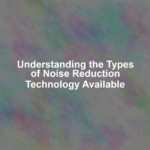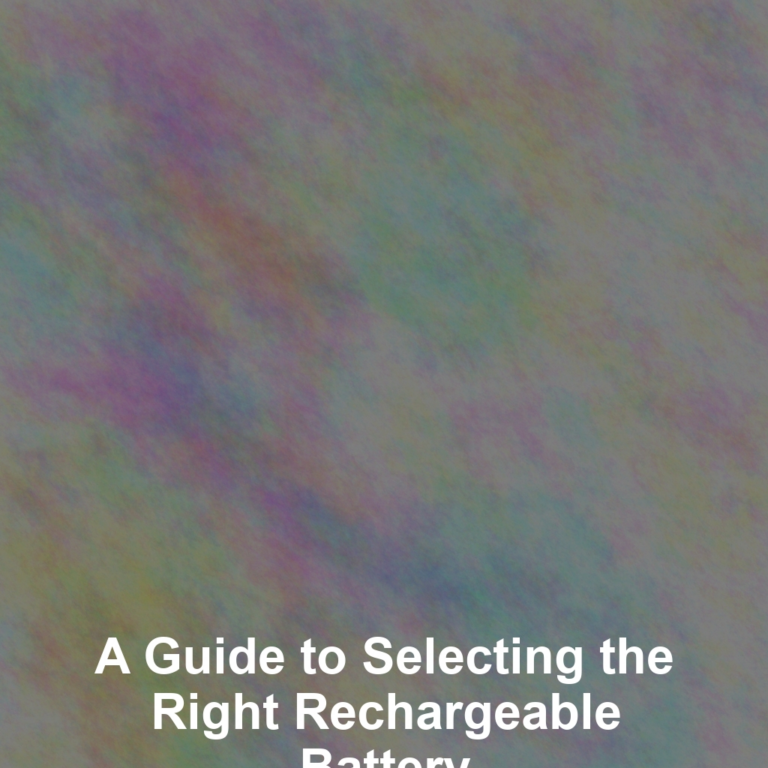As you settle into your daily routine, youG??re likely unaware of the intricate dance of sound waves that are constantly being manipulated around you to create quieter, more pleasant environments. From the passive noise isolation provided by the simple foam of your earbuds to the sophisticated active noise cancellation systems in high-end headphones and cars, thereG??s a vast array of technologies at work aiming to control the cacophony of modern life.
While you might be familiar with the hush that descends when you switch on your noise-canceling headphones, the science behind this quietude is both complex and fascinating. WhatG??s more, beyond these everyday applications, noise reduction technology plays a critical role in settings like recording studios and hospitals, where pristine sound environments are non-negotiable.
So, if youG??ve ever wondered how these various systems differentiate a whisper from a wail or how architectural acoustics can shape your experience of a space without you even realizing it, youG??re poised to uncover the layers of innovation that make such acoustic alchemy possible.
Passive Noise Isolation Explained
Passive noise isolation relies on physical barriers to block out ambient sound, providing a quieter listening experience without the use of electronics. Imagine youG??re sinking into your favorite playlist, and the worldG??s noise just fades away. ThatG??s passive isolation at work. ItG??s the earbuds or headphones snugly fitting into your ear canals or encasing your ears, creating a seal against external noise. YouG??re not relying on any fancy tech, just a good, tight fit that keeps the clamor at bay.
YouG??ve likely noticed this when you wear earplugs. The principleG??s the same: they physically block the pathway of sound to your eardrums. ItG??s simple, effective, and doesnG??t need a battery. ThatG??s a plus, isnG??t it? You wonG??t be caught off guard by a dead battery just when you need some peace and quiet.
But remember, itG??s not perfect. If someoneG??s shouting or thereG??s a deep rumble from a passing truck, youG??ll probably still hear it. Passive isolation canG??t block everything, especially those pesky low frequencies. ItG??s a solid line of defense, but not an impenetrable fortress. Yet, for everyday use, especially in moderately noisy environments, it might be just what you need.
Active Noise Cancellation Technology
While passive noise isolation offers a layer of quiet, active noise cancellation technology steps in to silence the world even further by electronically counteracting external sounds. ItG??s a method that relies on sophisticated electronics to reduce unwanted ambient noise. HereG??s how it works: microphones placed inside your headphones or earbuds pick up external noises before you hear them. These noises are then analyzed by the built-in electronics, which quickly generate a sound wave thatG??s exactly the opposite, or G??out of phase,G?? with the unwanted noise.
This opposing sound wave is called an G??antinoiseG?? signal and when itG??s played back through your headphones, it cancels out the original sound, effectively muting your surroundings. This technology is particularly good at dealing with consistent, low-frequency sounds like the hum of an airplane engine or the rumble of a train.
You should remember, though, that active noise cancellation canG??t block out everything, especially sudden, unpredictable noises like conversations or a dogG??s bark. However, it significantly reduces overall background noise, allowing you to focus more on your music or work in peace. So, when youG??re in a noisy environment and need that extra layer of silence, active noise cancellation is your go-to technology.
Adaptive Sound Control Systems
Adapting to your environment, adaptive sound control systems automatically adjust noise cancellation levels based on your activity and surroundings, ensuring you receive the best listening experience wherever you are. These smart systems use various sensors and algorithms to detect whether youG??re walking, running, or sitting still. They then fine-tune the amount of ambient sound allowed through your headphones or earbuds.
Imagine youG??re commuting on a noisy train. Your adaptive sound control system can recognize the environment and enhance the noise cancellation, so youG??re cocooned in your music or podcast. Once you step off and walk through a quieter street, the system eases up, letting in more external sounds to keep you aware of your surroundings.
You donG??t have to fiddle with settings or buttons; the technology does the work for you. It learns from your behavior patterns, improving its responses over time. Whether youG??re working in a bustling cafe or relaxing at home, adaptive sound control systems provide an effortless, optimized audio experience tailored just for you. ItG??s a seamless integration of tech and daily life that keeps you immersed and safe, all without lifting a finger.
Architectural Acoustic Design
Architectural acoustic design meticulously shapes the soundscapes of buildings, ensuring that each space meets its intended auditory experience. When you enter a concert hall, youG??re enveloped by crisp, clear music, a direct result of acoustic optimization. Conversely, in libraries and offices, youG??ll notice a hushed atmosphere, thanks to sound-absorbing materials and strategic layout planning.
Your role, as a designer or constructor, involves selecting the right combination of materials and structural elements to manage sound effectively. YouG??ll consider factors like reverberation time, sound transmission class (STC), and background noise levels to create environments that enhance comfort and function.
Incorporating elements such as high-performance acoustic panels, specialized ceiling tiles, and double-glazed windows, you control the acoustic properties of a room. Even the furniture you choose can contribute to noise reduction, with soft fabrics and plush surfaces absorbing sound rather than reflecting it.
Digital Noise Reduction Software
Shifting from physical design to virtual solutions, digital noise reduction software plays a crucial role in refining audio by stripping away unwanted background sounds. YouG??re likely familiar with the static hiss in a phone call or the hum that disrupts your podcast enjoyment. ThatG??s where digital noise reduction steps in. ItG??s not just about improving your listening experience, though; itG??s a vital tool for professionals in music production, filmmaking, and broadcasting.
HereG??s how it works: sophisticated algorithms analyze the audio signal, distinguishing between noise and the desired sound. Once identified, the software attenuates or eliminates the noise without compromising the integrity of the original recording. YouG??ve got a range of options, from free plugins to high-end professional suites, each offering various features and levels of control.
But hereG??s the kicker: itG??s not foolproof. Aggressive noise reduction can introduce artifacts or distort the audio. ThatG??s why itG??s critical to strike a balance. With a bit of practice, youG??ll learn to tweak the settings to perfection, ensuring that your final output is as clear and crisp as possible. Remember, itG??s about enhancing the sound, not erasing the authenticity.
Conclusion
YouG??ve now discovered the quiet revolution in sound technology. From the snug fit of passive noise isolation to the high-tech wizardry of active noise cancellation, youG??re equipped to silence the world at will.
Adaptive sound control systems tailor your audio experience, while architectural acoustic design ensures your environment remains serene. And with digital noise reduction software, youG??ll master any soundscape.
Embrace these innovations; theyG??re your ticket to tranquility in a noisy world.











